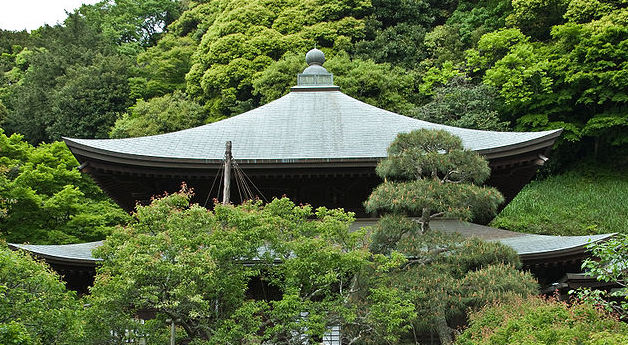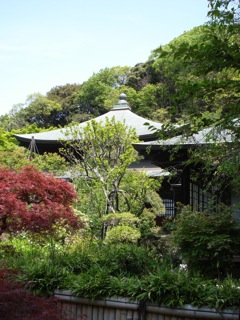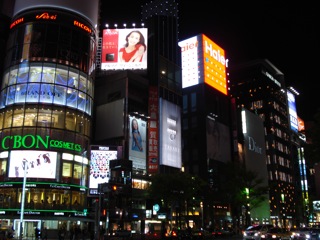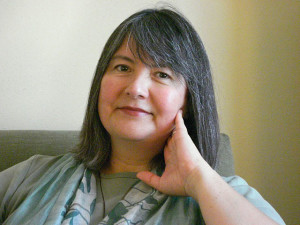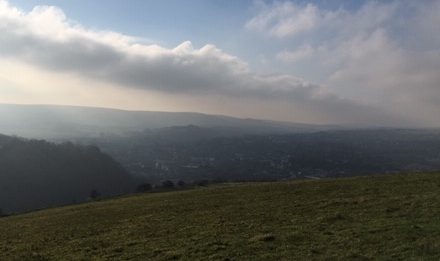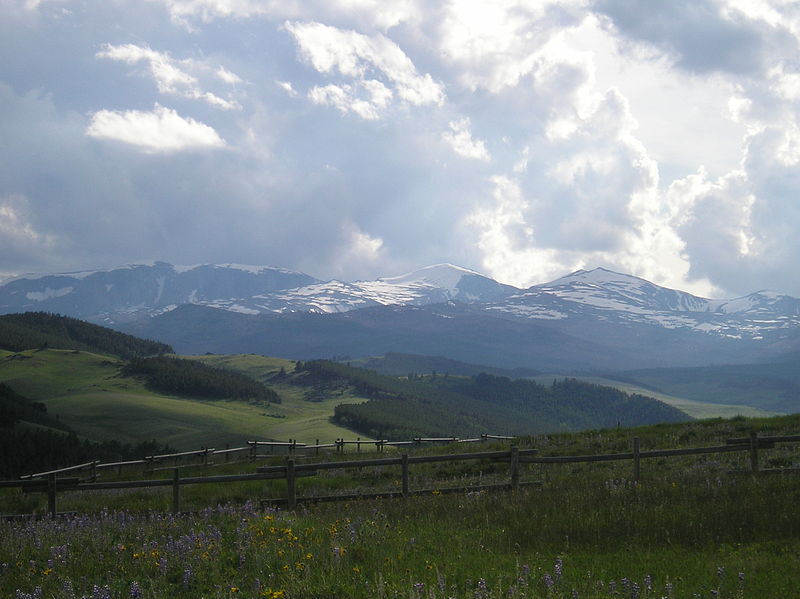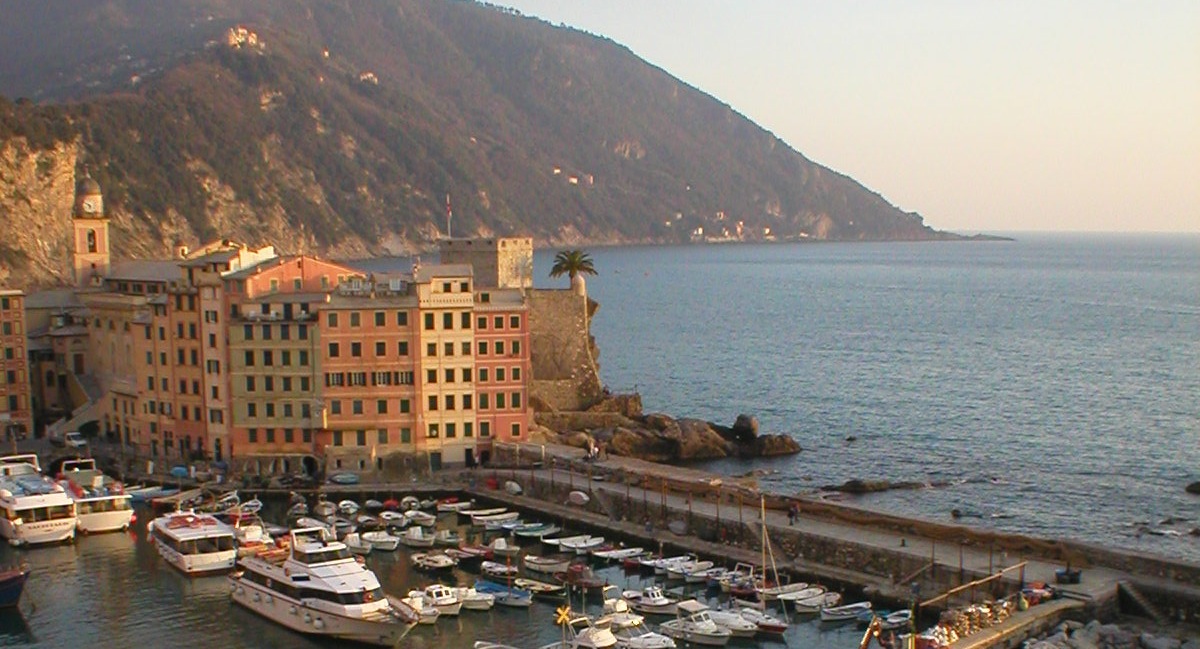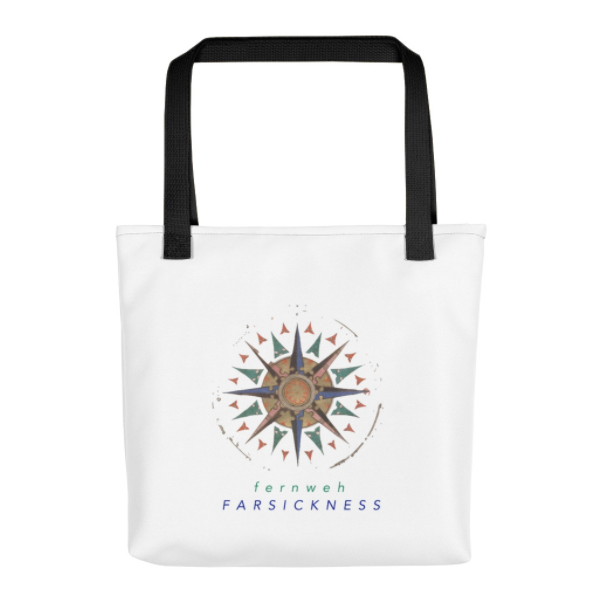Four Questions on Farsickness is an interview series with creative writers for whom place is essential to their work. Each writer answers the same four questions—and featured this week is award-winning poet and anthology editor, Mari L’Esperance.
1. Share a little about where you’re from. When you were growing up, what place—real or imagined—most fascinated you, and why?
I’m an adult Third Culture Kid, or TCK—someone who was raised outside of her parents’ culture(s) for a significant period of her developmental years—so answering the question “Where are you from?” feels impossible. My father’s work and wanderlust took us from Kobe, Japan (where I was born) to several locations in Southern California, Guam, and Japan. I attended nine schools from kindergarten until I graduated from high school (my third). As a kid, all that uprooting was hard—there were so many goodbyes, not only to individual friends, but also to entire cultures and communities. As an adult I’ve lived and worked in Los Angeles, Tokyo, San Francisco, New York City, and the San Francisco East Bay. Each place has affected me profoundly. Now, looking back, I can appreciate my peripatetic life, but it’s cost me in certain ways. Some of my early experiences found their way into the poems in my first full-length poetry collection The Darkened Temple (2008 University of Nebraska Press), which was awarded a Prairie Schooner Book Prize.
As a child I was most fascinated with Victorian and Edwardian England. The books I was given to read by my Japanese mother (her Master’s thesis was on the Brontës) were populated by mist-shrouded, heather-covered moors; starving London urchins; brooding country estates; eccentric shut-ins; wealthy orphans sent to live with mysterious uncles; and illiterate shepherds who talked to animals and birds. These stories, settings, and characters were so utterly alien to anything I’d experienced growing up in the Pacific Rim as a biracial, bicultural child of Asian descent and I was completely taken over.
2. What travel has been a particular inspiration to your work?
I have to say that my time spent in Japan has been my core inspiration. Having had a mother who was born and raised there, the place and the culture are part of me, and, as much as I try to write about other places—and I have—I keep returning to it. Whenever I have the opportunity to spend time in Japan (not often enough), I’m reminded of its significance to me, as a person and writer, and the ways in which it’s influenced, and continues to influence, my worldview and ways of thinking, feeling, and being. Newer poems are concerned, in part, with Japan and feminine figures that appear in Japanese cinema, art, and folklore.
3. Where do you “escape to” to recharge creativity?
Travel always provides a creative boost. Having that change of scenery, language, air, water, food, and climate never fails to shake up and rearrange my inner doldrums so I can see the world, and myself in it, with fresh eyes. My husband and I recently returned from 12 days in Ireland—my first visit there. It’s an incredibly beautiful, gracious, and green country with a rich and turbulent past. It’s also so different in every way from my life here in Southern California. My time in Ireland was exhilarating and deeply moving. I’m still metabolizing everything that I took in.
Here at home, walking is a way to clean out the cobwebs and get my imaginal juices flowing. Something about the bilateral stimulation, combined with ever-changing scenery, is refreshing and recalibrating. Taking in art and films and reading are also ways to recharge, as is talking with curious and creative friends.
4. Where would you most like to travel next?
If I could afford to, I’d return to New York City and spend a solid month visiting museums, sitting in cafés, and walking the streets by myself. I know the city has changed a lot since I lived there in the mid-‘90s, but I’ll always love it.
Scotland is a country I very much want to visit. There’s something wild and primal about it that appeals to something deep within me. And I’d like to see more of Japan—the deep snow country of northern Honshu, coastal Tohoku (northeastern Honshu), the Japan Sea coast, the Inland Sea, and the southern islands of Shikoku and Kyushu. When I visit Japan I usually spend time with my family in Kamakura, but I’d like to range farther afield on future visits. Ideally, I’d like to spend a month there every year—two if the gods are especially kind!
Born in Kobe, Japan to a Japanese mother and a French Canadian-New Englander father and raised in the Pacific Rim, Mari L’Esperance is the author of The Darkened Temple (awarded a Prairie Schooner Book Prize in Poetry and published in September 2008 by the University of Nebraska Press) and an earlier collection Begin Here (awarded a Sarasota Poetry Theatre Press Chapbook Prize). Coming Close: Forty Essays on Philip Levine, co-edited with Tomás Q. Morín, was published by Prairie Lights Books in May 2013. Most recently, L’Esperance’s writing has appeared at Best American Poetry blog, Driftless Review, Gwarlingo‘s Sunday Poem series (curated by Michelle Aldredge), MiPoesias, A Poetry Congeries with John Hoppenthaler at Connotation Press: An Online Artifact, and in the anthology The Book of Scented Things: 100 Contemporary Poems about Perfume (co-edited by Jehanne Dubrow and Lindsay Lusby). A graduate of the Creative Writing Program at New York University and the recipient of awards from the New York Times, New York University, the Djerassi Resident Artists Program, Hedgebrook, and Dorland Mountain Arts Colony, L’Esperance lives in the Los Angeles area. Find her online at www.marilesperance.com.

